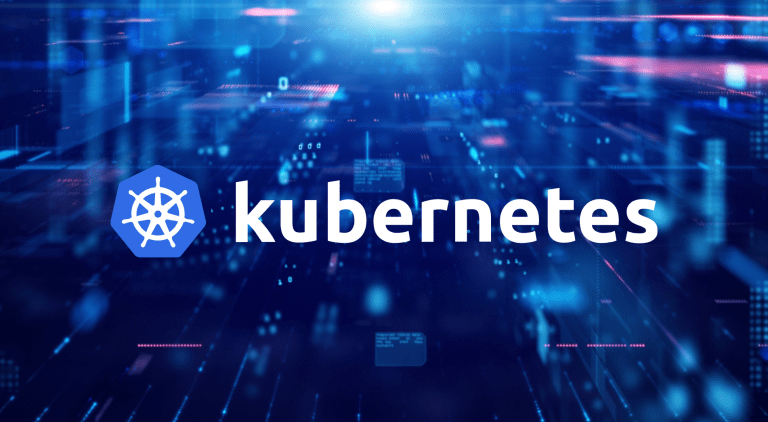Lessons learned from my Kubernetes Journey
By Paweł Turkowski, Product Manager at CloudFerro
At CloudFerro, one of our guiding principles is Technological Courage. This value has strongly resonated with me from the start of my journey at the company. It is a simple yet powerful statement that gives our team a clear guideline not to be afraid to operate outside our comfort zone.
Kubernetes, by today’s standards, is not a new technology anymore. It has graduated to being an often primary go-to model of application deployment. CloudFerro was quick to jump on the Kubernetes bandwagon. We have multiple applications running on Kubernetes, as well as a massive amount of K8S jobs running daily to process data in our satellite image repositories.

For me, personally, it has been an exciting challenge to be a Product Manager for the Kubernetes product offering. Apart from Kubernetes, there is also a large ecosystem of other technologies required to navigate in the DevOps space. I have worked in the Product Management field for several years, managing a variety of different products. The generic understanding of operating principles is a very useful and transferable skill. Yet I think that taking time to understand the domain well is one of the best investments one can make as a PM.
Some of our clients have been running Kubernetes clusters on CloudFerro clouds for likely as long as this technology has lasted. However, in the past couple of years, we have made some significant commitments to grow our Kubernetes offering as a natively available solution on our clouds.
With OpenStack Magnum, we enable our customers to deploy a functional Kubernetes cluster in literally a couple of minutes. It is a matter of selecting a few options from the Horizon UI. In fact, the only key decision before deploying pods/applications/workloads is to choose your cluster size and underlying Virtual Machine flavors. This setting can also be changed after cluster creation and one can opt for an auto-scalable number of nodes.
Aside from making sure the Kubernetes clusters are quick to set up and reliable to run, we also constantly scan the interaction with various integrations used by our partners, to make sure they work seamlessly with Magnum.

Working with Kubernetes is an exciting journey, where you never stop learning. Some of the lessons I can share from my own perspective:
- Browsing through the documentation for hours might not be unusual for a developer, but it is in fact quite the same for a PM working on a highly technical product. These days there is a lot of high-quality, free supportive content that helps a lot. Recently, Chat GPT is also enabling us all to make some significant shortcuts in various domains, and Kubernetes is no exception.
- Learning from others is valuable, however, it helps to do your own research before asking a question (this refers to colleagues, but also e.g., to online forums). You might be able to answer your own question faster, or, at minimum, narrow down the question to the actual core.
- Speaking to clients is of tremendous value. It helps to get a proper understanding of what features we think might help, and which ones actually move the needle for our partners.
It has been a rewarding experience to see the growth of Magnum and the trust of our clients to run their Kubernetes clusters on the CloudFerro infrastructure. I would like to take the opportunity to invite readers of this post to watch my Kubernetes webinar. It can provide some help to quickly get started with Magnum and Kubernetes overall, with some examples from the Earth Observation domain.
Paweł Turkowski
Paweł has over 15 years of experience in product management. At CloudFerro, he is responsible for the infrastructure offering, currently focusing on the Kubernetes platform.










